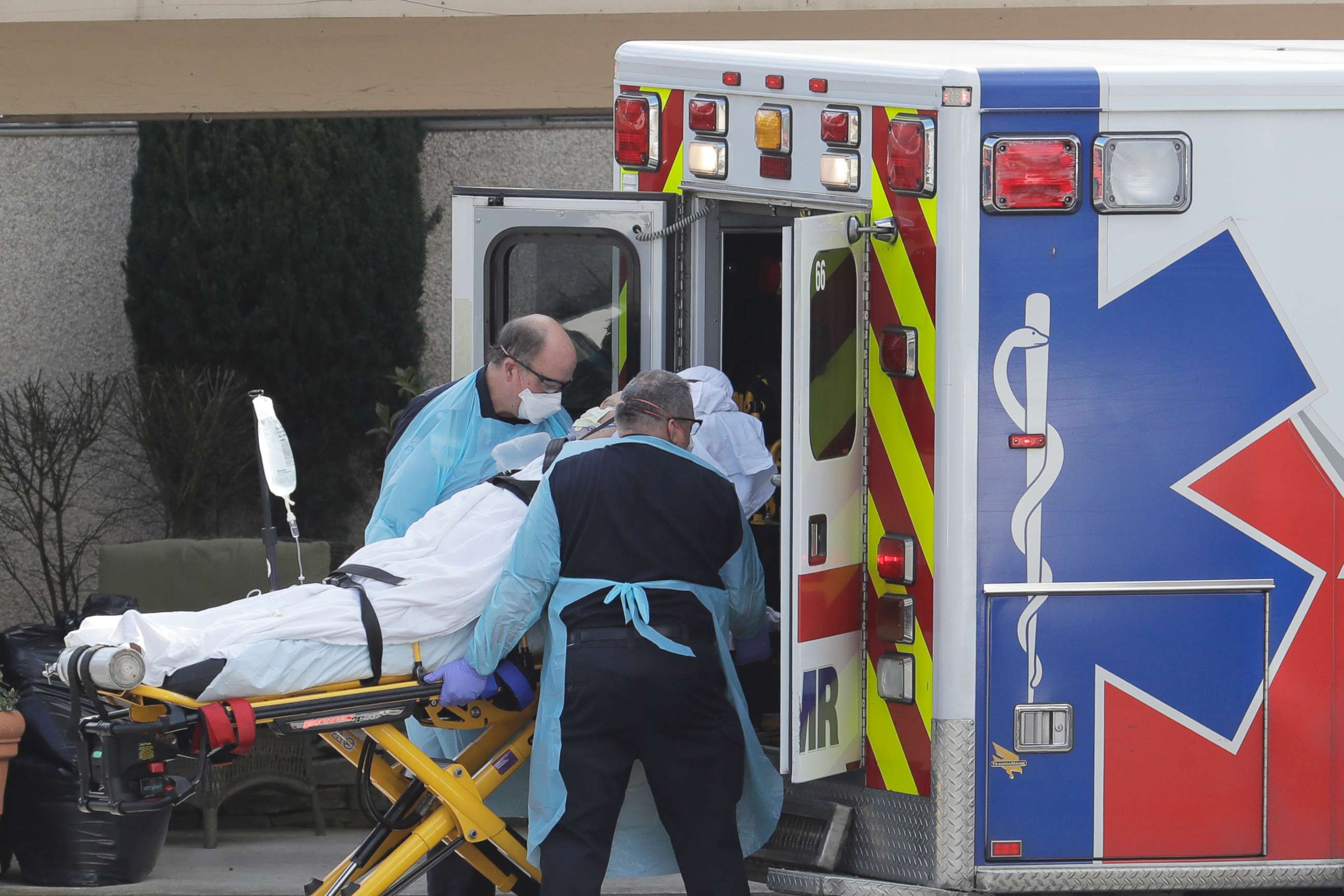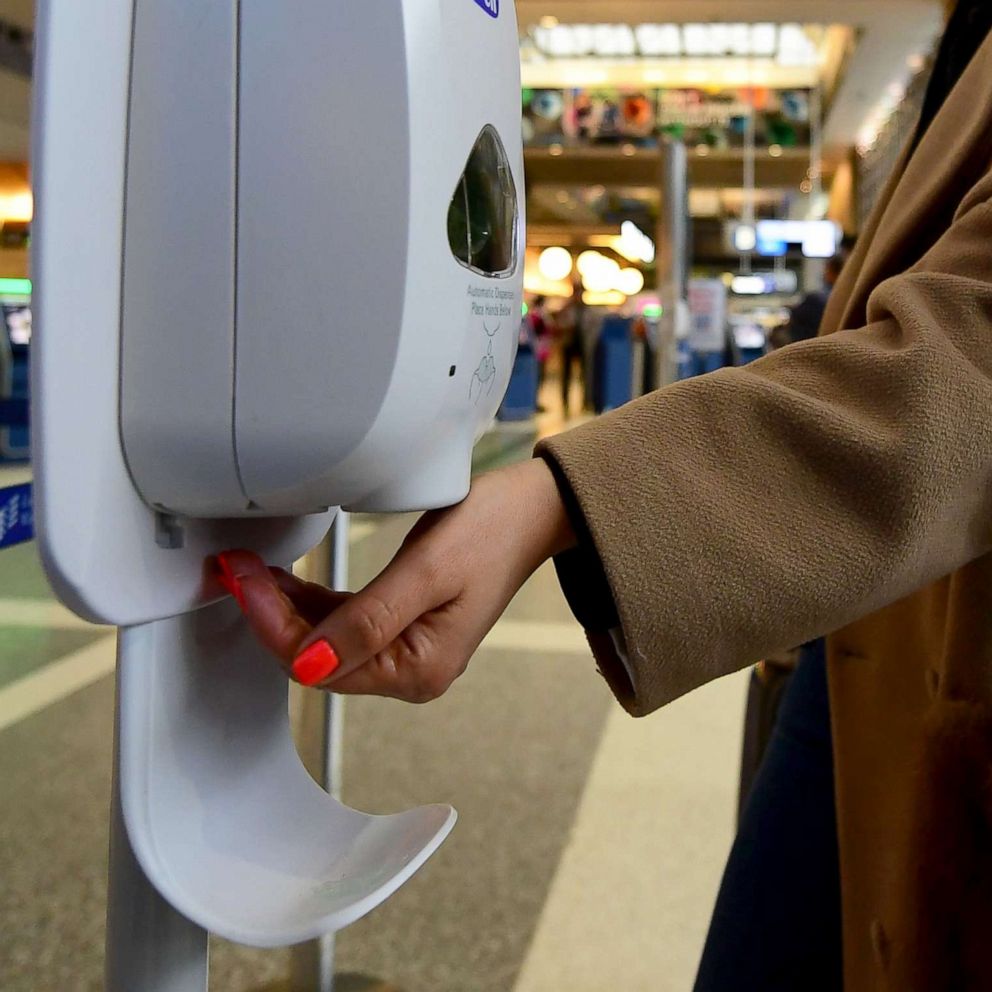What we know and don’t about the Americans who died from coronavirus
At least 23 of the Americans who have died were over 70.
As the novel coronavirus continues to claim lives in the United States, experts are investigating what factors increase some people’s risk of dying from the virus.
So far, the Centers for Disease Control and Prevention have not released a summary of basic demographic information about the people who have died, but according to information collected by ABC News' Medical Unit, the majority of deaths have been among people in the 70s, 80s and 90s.
The data in the U.S. is similar to Italy, which has been particularly hard-hit by the coronavirus, found the average age among the 105 patients who died from the virus as of March 4 was 81 years old. It also roughly matches data from China, which found that the risk of death increases with age.
So far, at least 49 people in the United States have died from COVID-19. Basic demographic information from local health authorities -- age, gender or both -- is available for 42 of the deaths. Among those, at least 24 were women and 18 were men. This stands in contrast to data from China, where a majority of deaths were in men.

In the U.S., of the cases for which there is data, only one person who died was in their 40s, while two people died in their 50s. Seven people were in their 60s, nine people in their 70s, 13 people in their 80s and 10 people were in their 90s.
This means the vast majority of deaths so far are among people older than 70, which matches roughly with data emerging from Italy, China and other countries hard-hit by COVID-19.
This information should be interpreted cautiously. The data is partial and does not include cases for which patient demographics have not been released by local public health authorities. The data does not contain medical history, which is often crucial in helping medical professionals understand exactly why certain people are more likely to die than others.
The CDC has said repeatedly that people with underlying medical conditions, such as heart disease, diabetes and immune system disorders, are more likely to die of COVID-19.
Sony Salzman is a science and medical journalist based in Brooklyn.







